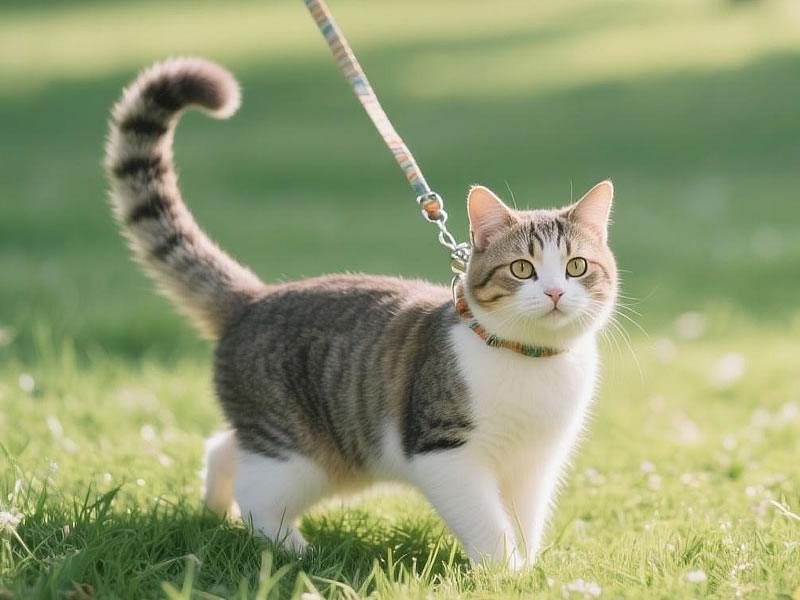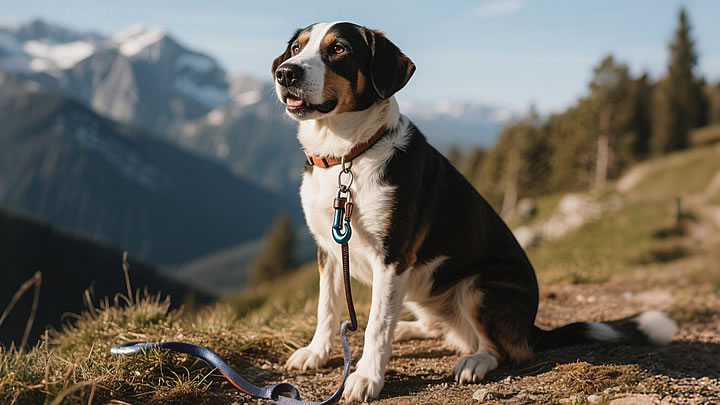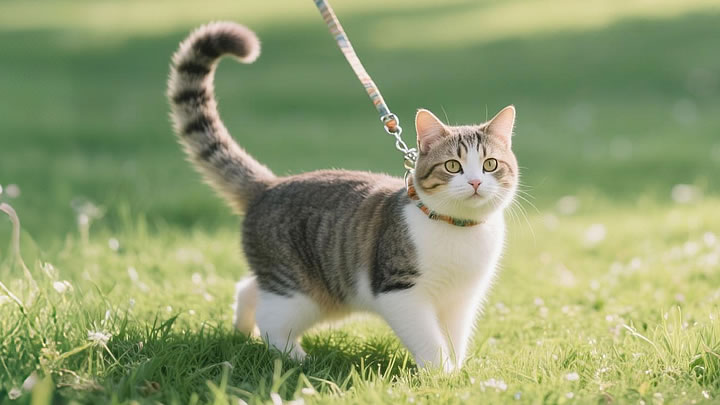How to Connect Two Leashes With a Carebiner: A Guide to Safety and Convenience
Walking multiple dogs or needing to extend your leash reach doesn’t have to mean tangled straps and frustration. A simple yet powerful tool—the locking pet carebiner—can seamlessly solve both challenges. But not all carabiners are created equal, and improper use can lead to escaped pets or even injury. This guide walks you through the safe, effective way to connect two leashes using a carebiner, whether you’re managing a duo of dogs or creating a longer lead for added freedom.

Why Use a Carebiner to Connect Leashes?
Connecting leashes with a standard clip or knot can create weak points, increase tangling, and reduce control. A dedicated locking carabiner offers:
- Security: A locking mechanism prevents accidental disconnection, even if dogs pull or twist.
- Durability: Rated for dynamic force, pet carebiners are stronger than typical hardware store clips.
- Versatility: Useful for walking two dogs on one hand, joining leashes for a longer tether, or creating a hands-free setup.
Step-by-Step: Safely Connecting Two Leashes
- Select the Right Carabiner:Not just any carabiner will do. Choose one specifically designed for pets, featuring a locking mechanism (screw-lock, auto-lock, or twist-lock). Ensure it’s large enough to hold both leash clips but not overly bulky.
- Inspect Both Leashes:Check the integrity of each leash’s clip and handle. Avoid using worn, frayed, or damaged leashes, as the connection point will endure extra stress.
- Attach the First Leash:Open the carabiner’s gate and clip it securely to the first leash’s handle loop or a D-ring. If the leash has a reinforced handle, use that for maximum strength.
- Attach the Second Leash:Clip the second leash to the same carabiner, ensuring both connections sit smoothly without forcing the gate or crowding each other.
- Lock the Carabiner:This is the most critical step. Fully engage the locking mechanism. For screw-locks, twist until snug; for auto-locking types, listen for a definitive click.
- Tug Test:Before heading out, gently tug on both leashes to confirm the carabiner is locked and secure.
Ideal Use Cases
- Multi-Dog Walks: Control two dogs with one hand, leaving your other hand free. Best for dogs with similar walking styles.
- Extended Length: Join two leashes for a longer tether in open, safe areas like parks or beaches.
- Backup Security: Clip a second leash to your dog’s harness as a backup in high-traffic or unfenced areas.
Important Safety Considerations
- Never use non-locking carabiners. Standard clips can snap open under pressure.
- Avoid connecting dogs with significant size or strength differences. A powerful dog could jerk a smaller one unexpectedly.
- Stay attentive. Tangling risk increases with two leashes—be prepared to adjust quickly.
- Check weight ratings. Ensure the carabiner’s strength exceeds the combined force of your pets.
Alternatives to Consider
For regular multi-dog walking, a dedicated double-leash or coupler may offer more streamlined control. However, for versatility and simplicity, a locking carebiner remains a reliable, multi-purpose tool.
By following these steps, you can turn a basic accessory into a powerful solution for managing leashes—giving you and your pets safer, more enjoyable adventures.






